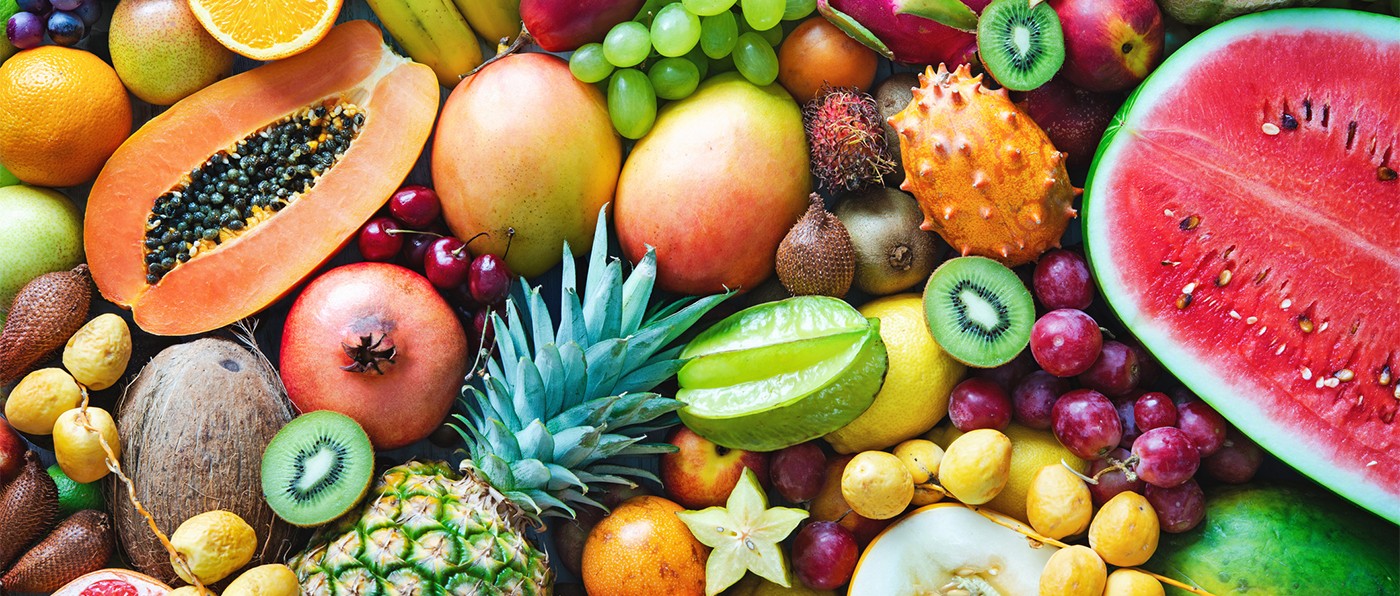The increased availability of packaged and processed foods has made it easy to reach for quicker and more convenient meals and snacks. The choices seem endless.
But in 2018, the American Heart Association found that this sort of “variety” hasn’t been good for us. That’s because a lot of these types of food add calories without nutritional value.
So what kind of variety is good? Try an assortment of seasonal, fresh fruits and vegetables. These foods can be eaten with the seasons when they are at peak nutritional value.
“It’s great to integrate fresh produce into a fitness lifestyle,” says Kritikaa Agnani, a Gold’s Gym registered dietitian.
The three benefits of fresh produce
The AHA affirmed that we need to return to the nutrition of simpler times, putting a focus on natural foods like vegetables, fruits, meats, seeds and nuts — all of which contain a mix of vitamins and other nutrients.
Why eat fresh produce? Agnani says there are three main benefits: “They taste better, they’re cheaper, and there are more nutrients in fruits and vegetables that are in season.”
Taste: During the shipping and storage process, produce can lose its flavor. When a piece of produce is picked, however, it’s usually at its peak of flavor.
Cost: Prices for in-season produce tend to be lower because there’s an increased supply.
Nutrients: As produce sits on a shelf or in a packing crate, it can lose nutrients and overall nutritional value. In other words, the closer you are to the time and place the fruit or vegetable was picked, the more it offers your body.
“Eat a variety of colors,” Agnani says. “The colors show the antioxidants.”
Antioxidants, which are found in the body but also in fruits and vegetables, help repair and protect damaged cells in our body that can lead to cancer and other diseases. Also, fruits and vegetables don’t just improve your body — they can improve your mood, too.
Get to the peak of produce season
Produce comes into season at different times throughout the year. A number of fruits and vegetables are at their best in late summer, but depending on where you live, produce can be in season at different times. The rule of thumb is to purchase fresh produce while it’s in season and try frozen produce when out of season.
Here’s a list of what’s in season and the primary nutrients these fruits and veggies have to offer.
- Blackberries: vitamins C and K, manganese
- Blueberries: vitamins C and K, dietary fiber
- Broccoli: vitamin C, dietary fiber
- Corn: vitamin C, B vitamins, magnesium, dietary fiber
- Cucumber: vitamins A and C, potassium, manganese
- Green Beans: vitamins A and C, iron, folate, dietary fiber
- Lettuce: vitamins A and C, potassium
- Melons: vitamins A and C, dietary fiber
- Nectarines: vitamin C, carotenoids, potassium
- Peaches: vitamins A and C, dietary fiber
- Plums: vitamins A, C and K, dietary fiber
- Raspberries: vitamins C and E, manganese, folate, dietary fiber
- Tomatoes: vitamins A and C, niacin
- Watermelon: vitamin C, potassium, dietary fiber
- Zucchini: vitamins A, C and K
Here’s a rundown of benefits from those different vitamins and minerals:
- B vitamins help your energy levels and cell metabolism.
- Vitamin C boosts your immune system and helps cardiovascular health.
- Vitamin K helps your blood and bones.
- Manganese improves bone health and reduces inflammation.
- Dietary fiber helps lower cholesterol and blood pressure.
- Potassium regulates and helps with muscle strength
- Iron is an important part of our red blood cells and can help reduce fatigue.
- Folate is a B vitamin that helps make blood cells.
- Niacin is a B vitamin that helps break down carbohydrates.


 WEST BROADWAY
WEST BROADWAY UNIVERSITY MARKETPLACE
UNIVERSITY MARKETPLACE COQUITLAM
COQUITLAM LANGLEY
LANGLEY